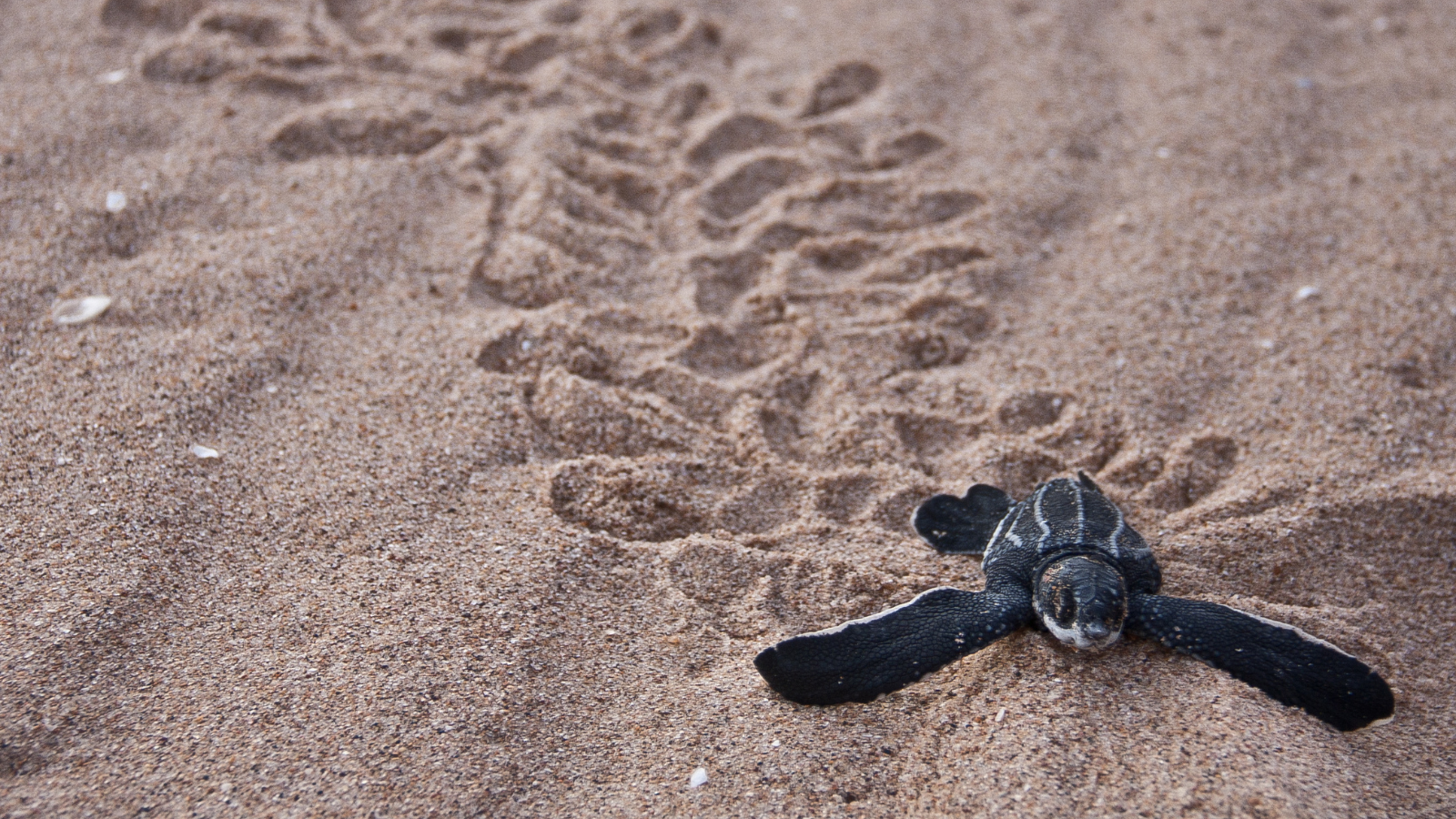Saving a key piece of Florida’s natural heritage
What made growing up in Florida so special for me is our incredible natural heritage. Places like the Everglades, the Keys, and our springs are part of my fondest childhood memories and why millions of people come from around the world each year to visit the state. The Florida Keys National Marine Sanctuary is an important part of that heritage.
Here’s what I told a Florida commission about deepening our state’s ocean protections:

Photo: Greg McFall/NOAA
What made growing up in Florida so special for me is our incredible natural heritage. Places like the Everglades, the Keys, and our springs are part of my fondest childhood memories and why millions of people come from around the world each year to visit the state.
The Florida Keys National Marine Sanctuary is an important part of that heritage. It is home to part of the only living coral barrier reef in the Continental United States, 1.4 million acres of seagrass beds, 1,800 miles of mangrove-fringed shoreline, and more than 6,000 species of marine life, including manatees, sea turtles and dolphins.

Photo: Keith Ramos/USFWS
But this ocean sanctuary is increasingly threatened. I was alarmed by the findings of NOAA’s 2011 condition report, which showed many of the Sanctuary’s habitats to be at risk. In the last 40 years, healthy coral cover in the Florida Keys reefs has declined more than 90 percent, and we know extreme weather events, climate change and water pollution have all taken their toll.
That’s why I testified this week in Tallahassee in front of the Florida Fish and Wildlife Conservation Commission in support of expanding and deepening habitat protections in the Florida Key National Marine Sanctuary.
Evidence from around the world and right here in Florida shows that when we limit human interference in key habitats, fish populations improve, and ecosystems are more resilient.

Photo: Bill Goodwin/NOAA
Studies in the Dry Tortugas, right in Florida’s own backyard, have indicated the importance its current marine reserve plays in nurturing Florida’s fish populations. Marine reserves protect ocean habitats from different types of human activity, like fishing or anchoring, and give fish and other marine species the opportunity to grow and thrive without direct human pressure. As fish and coral populations recover, they can also play a role in re-populating reefs outside a reserve’s boundaries, and lead the way to healthier oceans.
We should be implementing more marine zones, with higher levels of protection, to reduce the stress on parts of the Keys’ threatened ecosystems.
Providing key habitats around the sanctuaries with deeper and more comprehensive protections will give our state’s marine wildlife and ecosystems greater resilience and the chance to adapt in an increasingly stressed ocean. That is why I urged the Commission, on behalf of Environment Florida and everyone who cares about the Keys, to support expanded protections with the Florida Keys National Marine Sanctuary.
Topics
Authors
Jenna Stevens
Find Out More

Where in the world do leatherback turtles go?

We’re hiring interns who envision a cleaner, greener world

A wave of youth ocean activism in Boston


